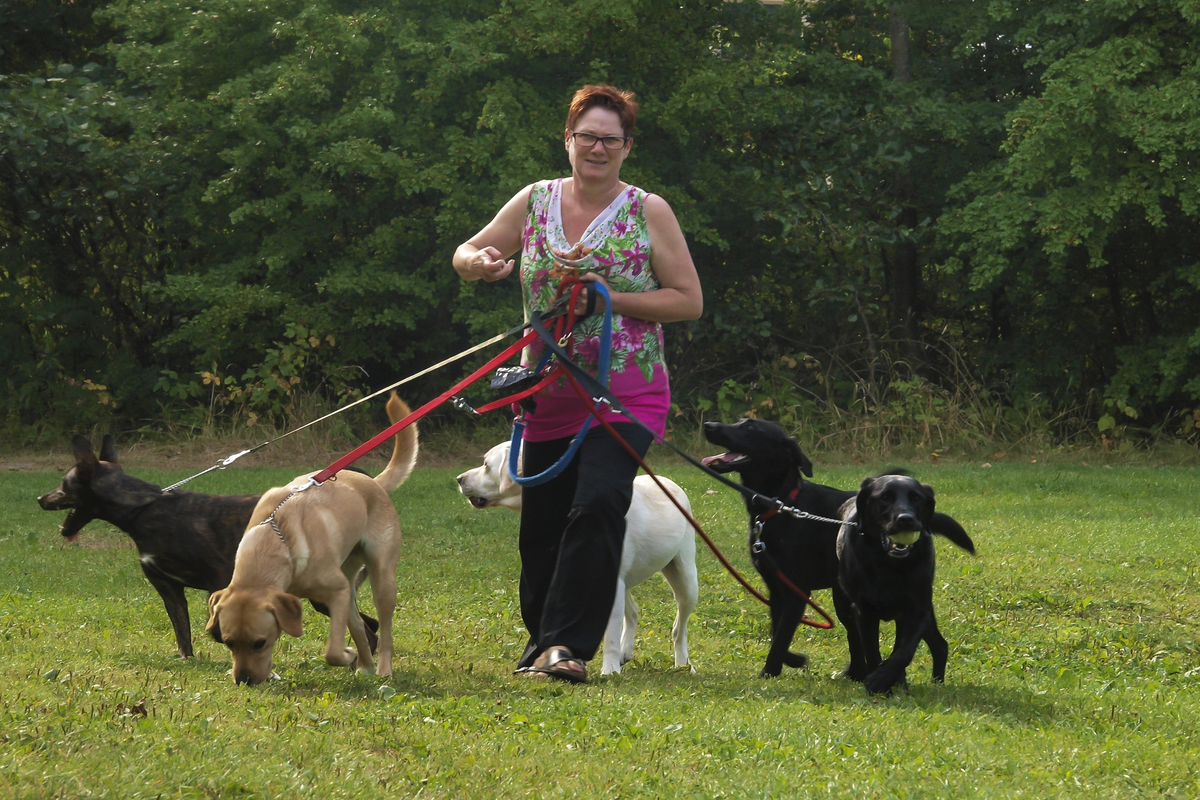5 Dog Walking Tips For Elderly Owners

Walking a dog is not just a daily chore; it's a joyful ritual that enhances the bond between a pet and its owner. For elderly owners, ensuring both their safety and their furry companion's well-being during these walks is paramount. This blog post provides five critical tips to make dog walking for the elderly a safe and pleasurable experience.
Understand Your Physical Limits
Recognizing and accepting your physical limitations is the first step towards a safe dog walking routine. Dog walking should never be about proving physical prowess but ensuring a safe and enjoyable time for both you and your dog. If balance or stamina is a concern, consider shorter, more frequent walks instead of long excursions. Also, using a harness instead of a collar can provide more control over your dog with less physical strain on your part. It’s important to listen to your body and avoid overexertion.
Choose the Right Time and Place
Selecting the appropriate time and place for your walks can significantly enhance the experience. Early morning or late evening walks are advisable to avoid the peak sun hours, which can be particularly harsh for both elderly individuals and their pets. Moreover, choosing flat, well-lit paths in quiet areas can reduce the risk of accidents and ensure a more relaxed walk. Parks with dedicated walking paths can be an excellent choice for a safe and scenic environment.
Stay Prepared
Preparation is key to addressing unexpected challenges during your walks. Wearing comfortable shoes with a good grip can prevent falls, and bringing water for both you and your dog can keep dehydration at bay. Moreover, having a fully charged phone with you is crucial in case of emergencies. It’s also wise to inform someone about your walking schedule and route, especially if you're venturing a bit further from home.
Train Your Dog
A well-trained dog is a safer companion. Basic commands like ‘stay’, ‘sit’, ‘come’, and ‘heel’ can significantly reduce the risk of accidents by ensuring your dog remains under control, especially in the presence of other animals or people. Professional training classes can be a great investment, not only for your dog’s behavior but also for your peace of mind during walks.
Use Walking Aids If Necessary
There’s no shame in using walking aids to ensure your safety and enjoyment during walks. Canes or walking sticks can provide extra stability, and dog leashes designed for hands-free operation can offer more balance by distributing the dog’s pull across your body rather than just your arm. Assessing the need for and utilizing such aids can transform dog walking from a stressful task into an enjoyable and secure activity.
Incorporating these tips into your dog walking routine can greatly enhance the safety and enjoyment of your daily walks. Remember, the goal is to enjoy these moments with your furry friend, not to overcome unnecessary challenges.
At our pet-friendly retirement community, we understand the importance of staying active and maintaining a connection with pets, which is why we support our residents in their passions and daily activities. Whether you're interested in outdoor activities, social gatherings, or quiet time with a pet, we provide the support and amenities needed to continue enjoying a fulfilling lifestyle.
